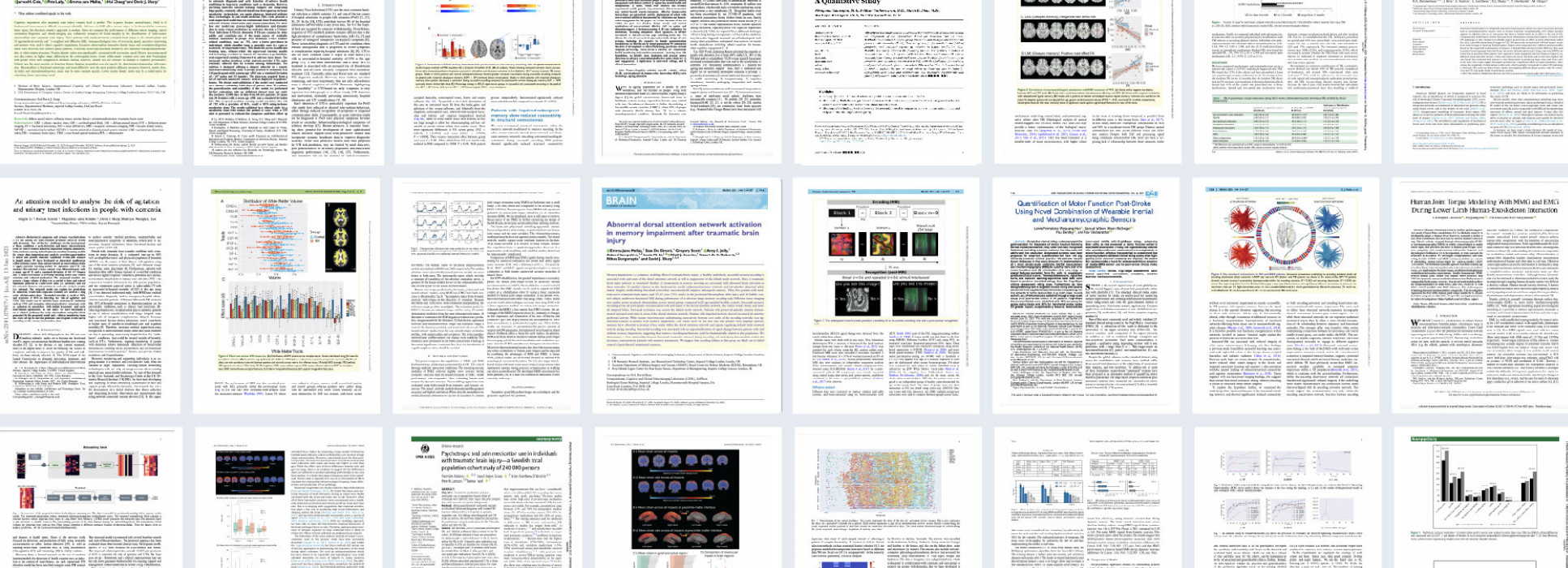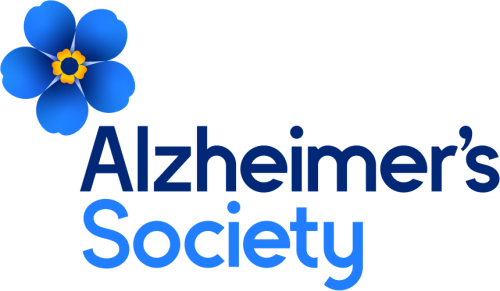BibTex format
@article{Jolly:2021:brain/awaa372,
author = {Jolly, AE and Balaet, M and Azor, A and Friedland, D and Sandrone, S and Graham, NSN and Zimmerman, K and Sharp, DJ},
doi = {brain/awaa372},
journal = {Brain: a journal of neurology},
pages = {92--113},
title = {Detecting axonal injury in individual patients after traumatic brain injury.},
url = {http://dx.doi.org/10.1093/brain/awaa372},
volume = {144},
year = {2021}
}




